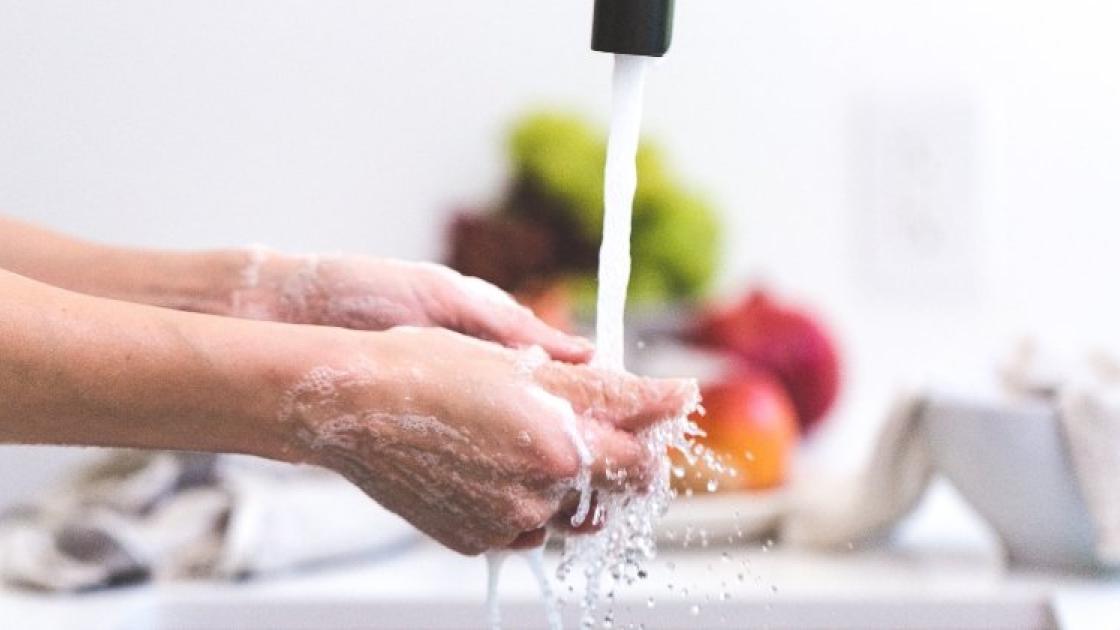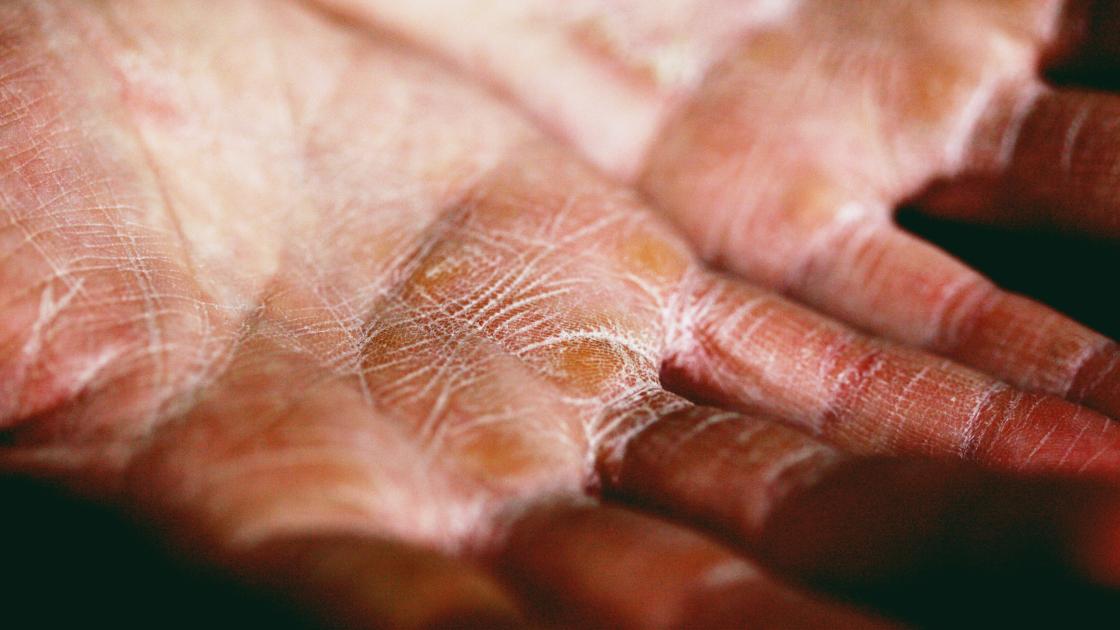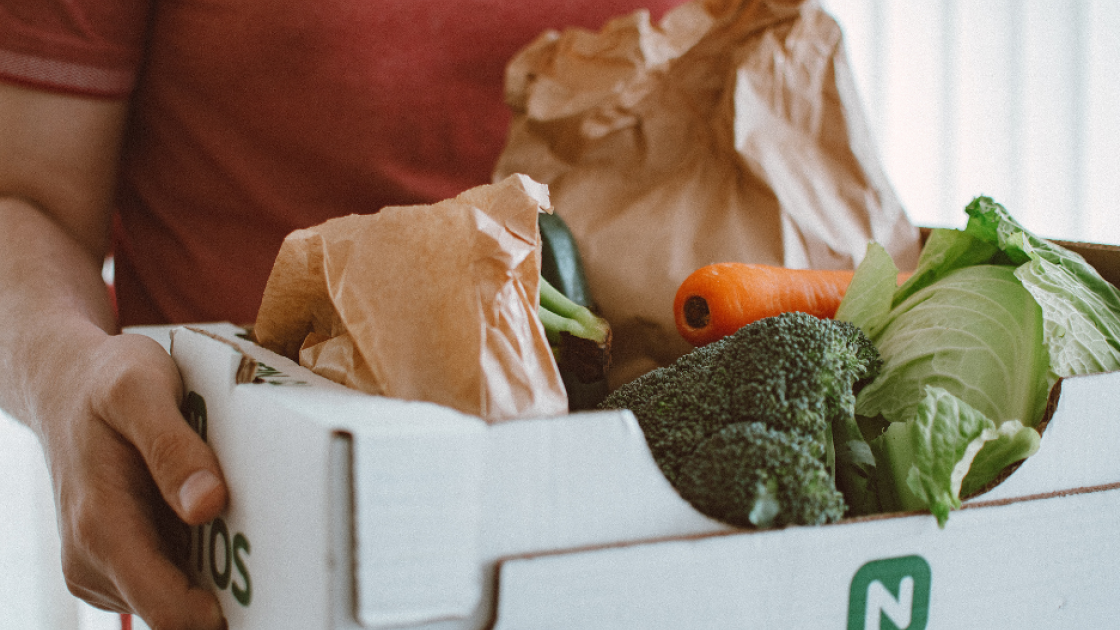
6 great things to know about hand washing
Keeping your hands clean is one of the easiest and most effective ways to stay healthy, but it’s also a habit that many of us don’t think about often enough. Hand hygiene has come a long way since the mid-1800s, when people first recognized its role in preventing the spread of germs and reducing the rates of infection from communicable diseases. But it may surprise you to know that medical professionals in the United States didn't have any formal hand hygiene guidelines until the 1980s.
6 things to know about hand washing
1. Wash your hands often
Washing your hands is not just limited to after using the bathroom. You also want to wash your hands:
- Before using the bathroom (especially if you've been out in public areas)
- Before and after preparing or eating food
- Before and after taking care of someone who is sick
- Before and after caring for a wound, applying cosmetics, or using contact lenses
- After blowing your nose, sneezing, or coughing
- After touching an animal
- After handling garbage
- After touching a heavily used surface in public areas such as a door knob, elevator button or light switch
- After arriving home
- For medical professionals: before and after leaving a patient's room, performing any medical procedures and putting on or removing personal protective equipment (PPE)
2. Use the right technique
Here are the simple steps to teach your family:
- Get your hands wet with water, ideally warm.
- Lather your hands with about a quarter-sized amount of soap and scrub all parts of your hands, thumbs and fingers for 20 seconds.
- When choosing a soap, it’s important to know that some soaps will dry out your hands more than others. You may need to test a few options to find one that keeps your skin from drying out.
- Rinse off the soap completely with water.
- Dry your hands with a clean towel. If you're in a public space, dry your hands with a paper towel and use it to turn off the faucet and open the bathroom door.
Yes, it is important to wash your hands for the full 20 seconds. This gets the most amount of germs, viruses and bacteria off your skin, which can prevent you or someone else from getting sick. Other than singing the Happy Birthday song two times through, you can also try 20 seconds worth of:
- Singing another favorite song
- Saying a positive affirmation or mantra out loud or in your head
- Counting to 20 out loud or in your head
3. Don't miss important areas on your hands and fingers!
When washing your hands, remember to clean:
- Your thumbs
- Between your fingers
- Beneath your fingernails
- Back of your hands
- Your palms
- Your wrists
4. Dry with paper towels when possible in public spaces
Did you know that the air dryers commonly found in public restrooms can spread fecal matter and other germs into the air? Additional research suggests that using paper towels is a more effective and efficient way to dry your hands compared to air-drying. Aside from preventing airborne spread, paper towels may work better because the additional scrubbing action helps remove more germs.
So, use towels when possible (and at home, regularly replace kitchen or bathroom towels).
5. Be sure to moisturize
After washing your hands, apply a hand cream or ointment while your skin is still damp, making sure to work it into your fingertips and around the nails. Moisturizing right after handwashing can help repair dry skin.
Keep in mind that some moisturizers may sting or feel irritating on very dry or cracked skin. Products with the following ingredients are often gentler and more soothing:
- Include mineral oil or petrolatum
- Come in a tube or tub instead of a pump bottle
- Are labeled “fragrance-free” and “dye-free”
6. Hand washing is preferable to hand sanitizer
Yes, hand washing is best. According to the CDC, regular hand washing with soap and water is the best way to get your hands clean and prevent the spread of infections. If it's not possible to wash your hands right away, use an alcohol-based hand sanitizer. To most effectively kill germs, the CDC recommends using a hand sanitizer that contains at least 60% alcohol. But wash your hands when possible, especially if they are visibly soiled.
Contact SIU Medicine at 217-545-8000 for more support on staying healthy, especially during colder months.



